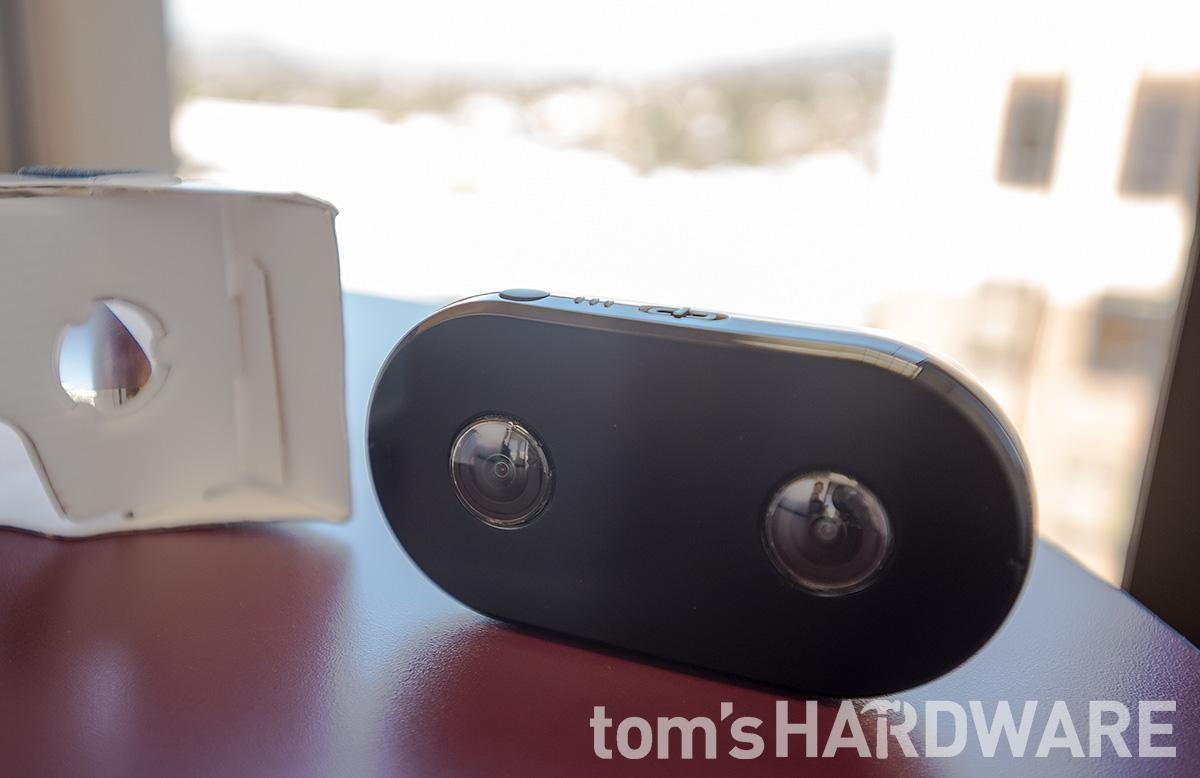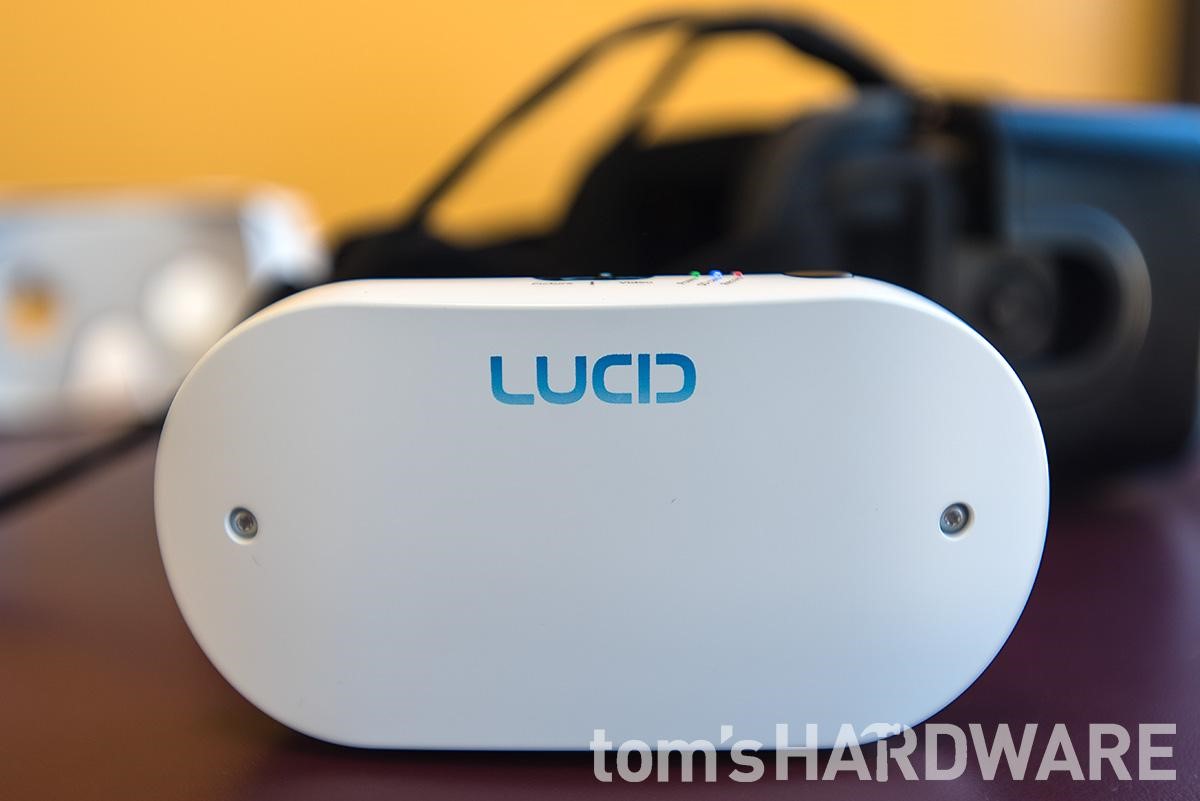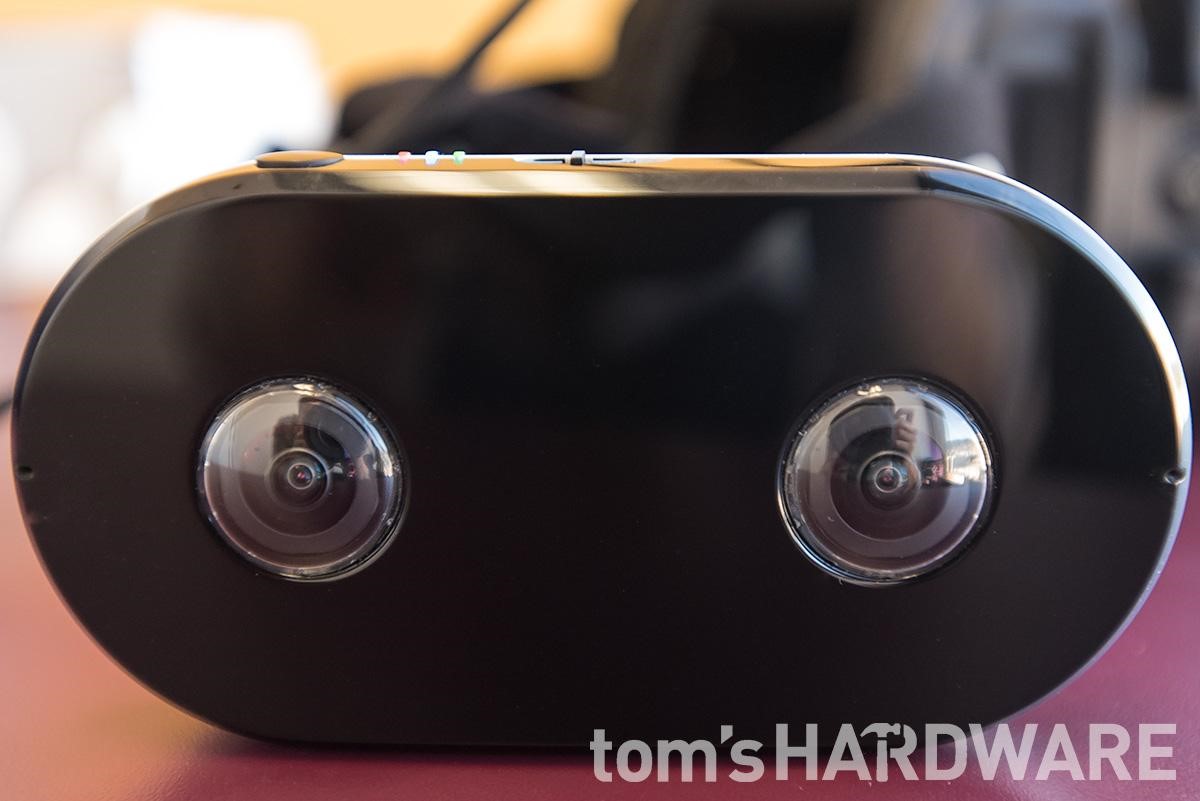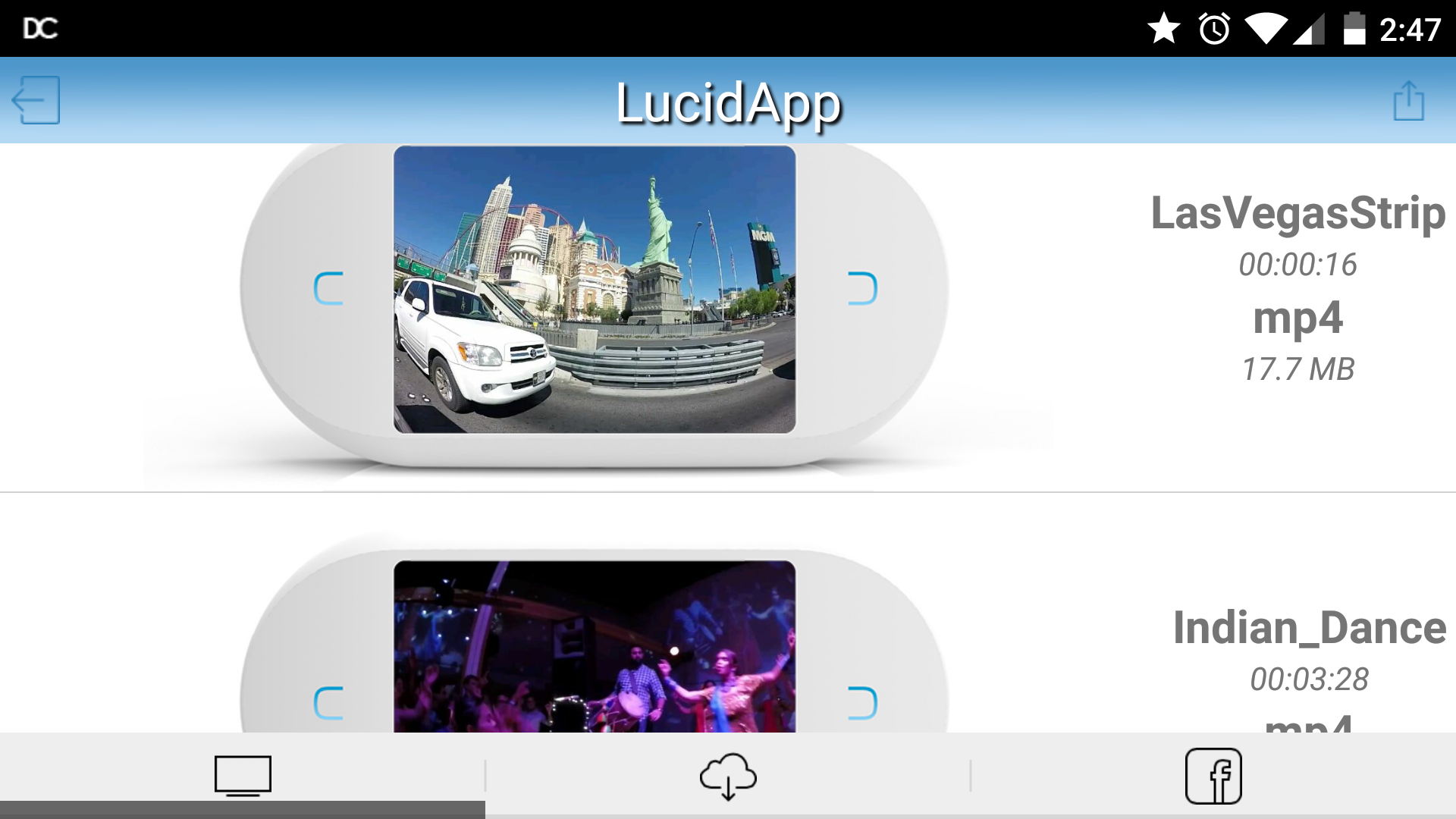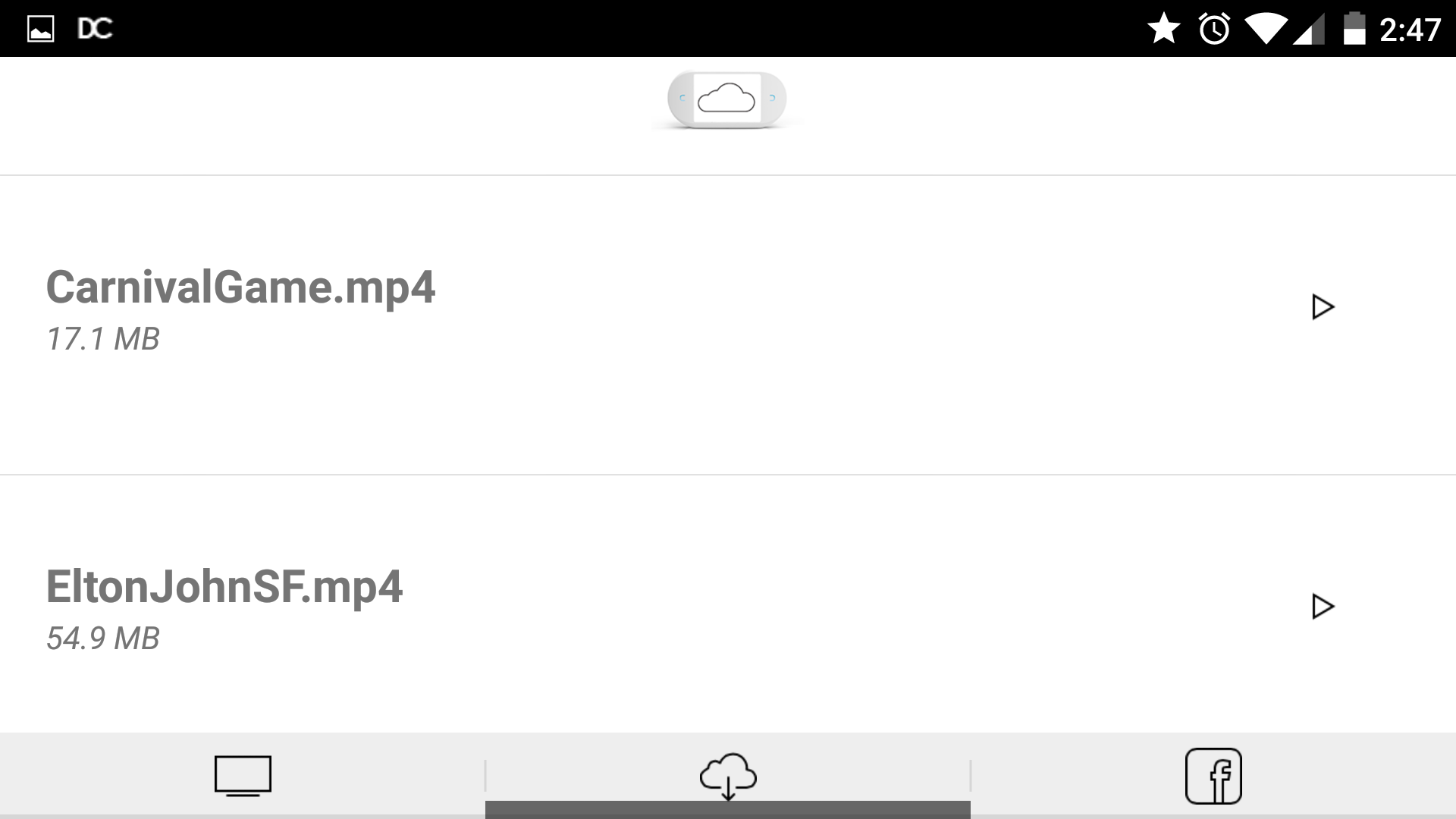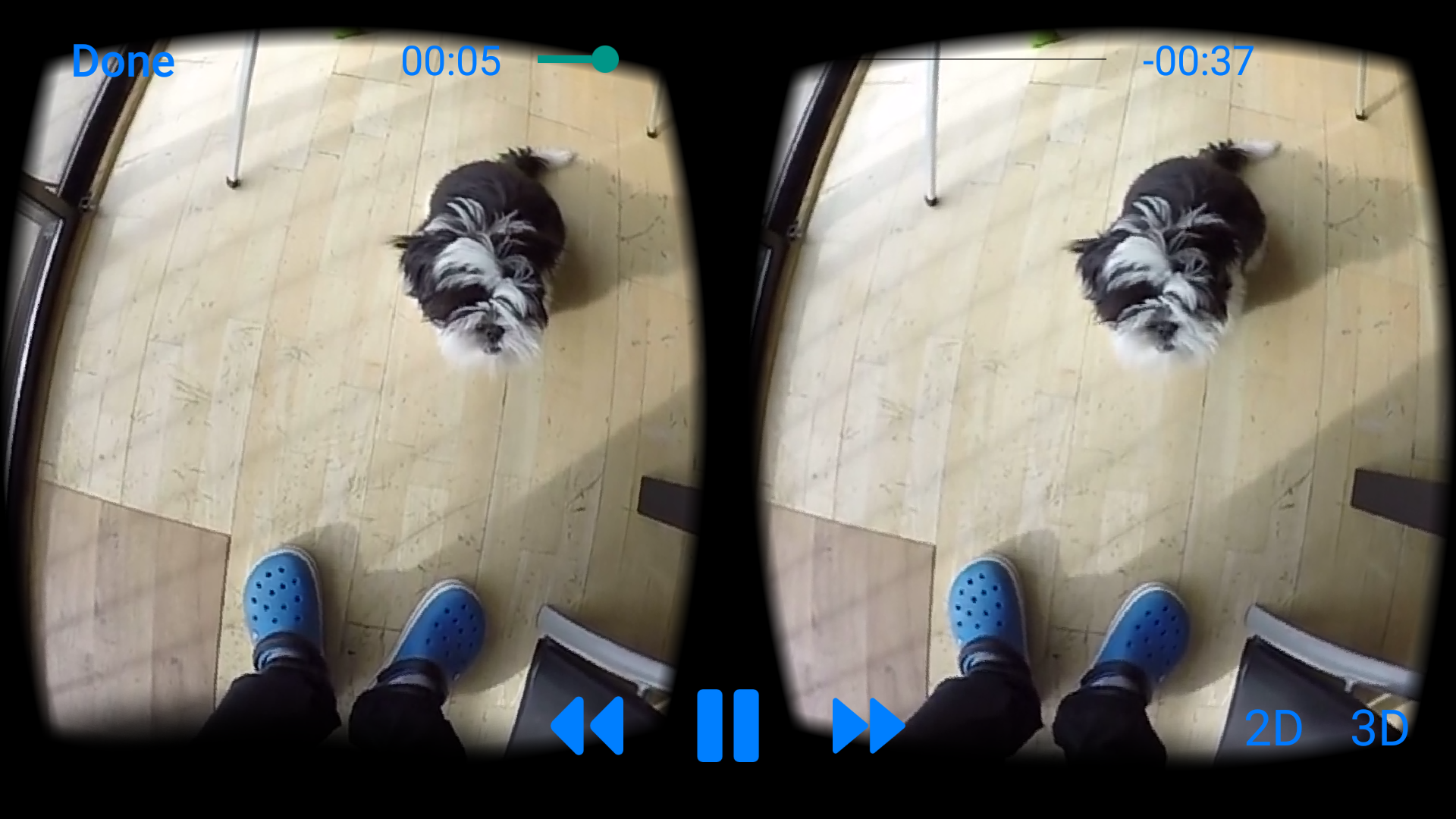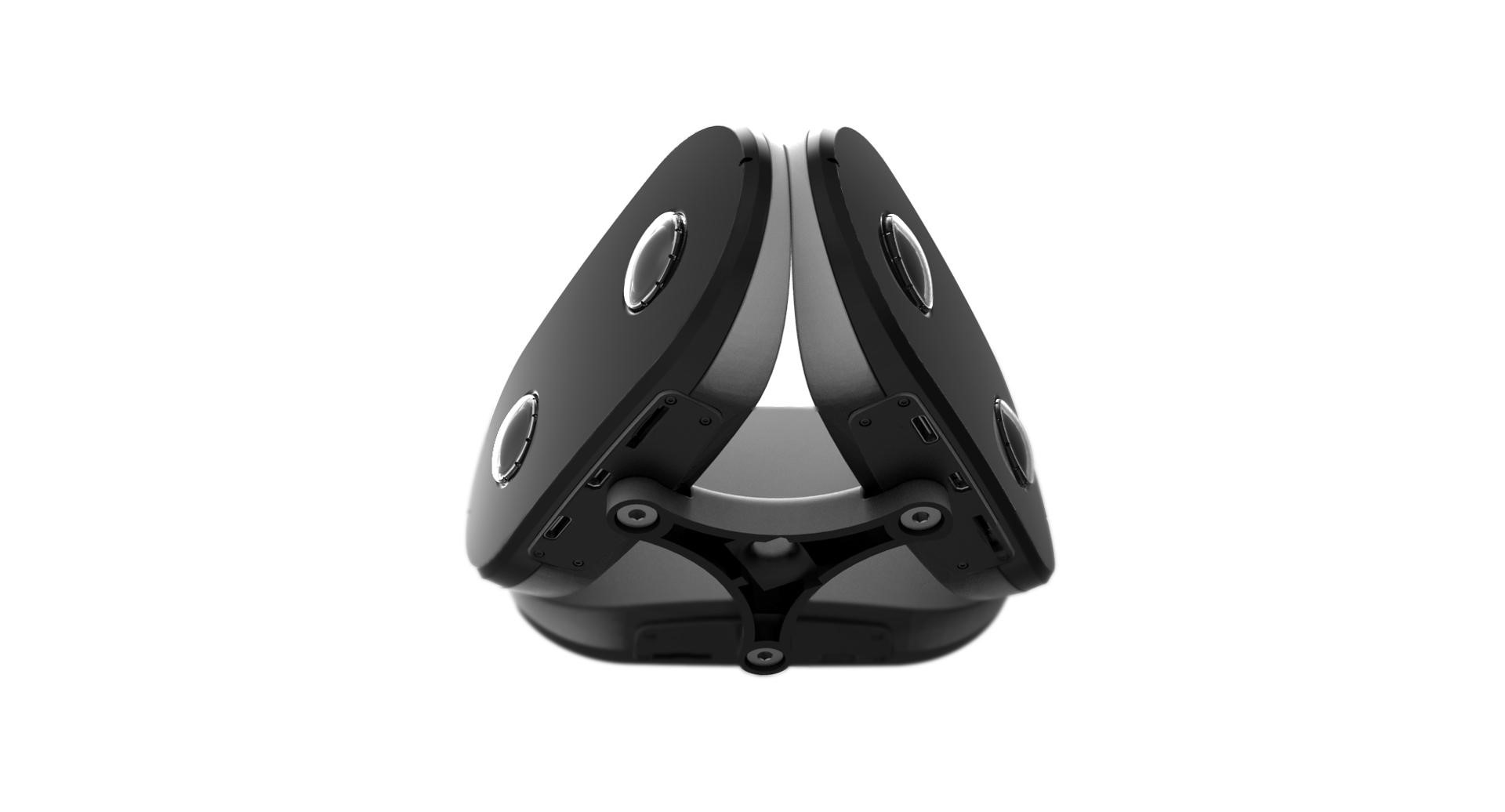LucidCam: From An Abandoned Robot, The 'GoPro of VR' Rises
With every new headset announcement, it's becoming clear that we're moving into the era of virtual reality. VR Products are proliferating, from high end gadgets like the Oculus Rift and HTC Vive -- which will likely cost hundreds of dollars or more -- to lower-priced, smartphone-based solutions like the $99 Samsung Gear VR and even Google's lower-end but quite inexpensive Cardboard. (Cardboard, in fact, was just given away free to more than a million New York Times subscribers.)
All of these VR products have something in common, though, which is that they're built for consumption. The market for VR creation tools is still dominated by bulky camera rigs costing thousands of dollars, and they frequently require trained operators or expensive software with a steep learning curve.
LucidCam is a new device aiming to be the GoPro of VR cameras -- available to the average consumer, easy to use, portable -- and with a target price of $400, which is relatively affordable.
To hit all these goals, there were a few concessions. The camera isn't 360; instead, it captures a roughly 180-degree field of view in 3D from a pair of 1080p 30fps stereoscopic cameras on the front. Han Jin, Lucid VR's Co-Founder and CEO, claimed that the widely spaced lenses create a greater sense of depth in the final video.
In fact, Jin said the entire camera system was originally devised from an attempt to create a remote controlled robot. The plan was for the robot to be controlled by a user wearing a VR headset. The robot's camera system would have to be good enough to allow the user to see and navigate an environment, including providing an accurate feeling of depth. When the rest of the project failed, they adapted the robot's "head" into a binocular camera.
Built From A Robot's Brains
Footage from the LucidCam feels about the same quality as content from other small camera systems. I have yet to see VR content that didn't feel slightly unreal, and LucidCam is no exception, with the feeling of depth falling away at the edges, and never feeling quite 100 percent sharp. I've also had these feelings viewing footage captured by Google on far more expensive camera systems, so that's not necessarily a mark against the LucidCam.
Get Tom's Hardware's best news and in-depth reviews, straight to your inbox.
The LucidCam is about palm-sized, with the two lenses on the front (which it's hard now not to think of as the "face") and a smooth curved back. It's shaped and sized vaguely like a bar of soap. The construction feels high quality, with a smooth hard plastic shell, and the only protrusions are caused by the lenses. Those lenses, each a miniature fisheye, are protected from scratches by plastic shields. I asked what happens if the plastic gets scratched, and Jin said the shields can be pried off and replaced.
For connectivity, the LucidCam can output video via mini HDMI, and it uses micro USB to charge or transfer data. It also supports microSD cards to supplement its 16 GB of internal storage. The internal battery should support between an hour and 90 minutes of continuous recording.
The camera is easy to use, with a switch at the top to toggle between photo or video mode, and a single button to capture. Like many action cams, there's no screen to view your shots live, but Jin said live view via smartphone should be coming to the app in the future. As it is, due to the camera's wide field of vision, you don't need to worry as much about mis-framing your shot as you might with a traditional action cam.
The 180-degree 3D footage the camera creates isn't currently compatible with YouTube's VR service, but Lucid has created its own app that combines a remarkably smart player with what is currently a slightly baffling library system.
Pick Your Player
The LucidApp lets you connect to a LucidCam via Bluetooth and view or upload the content you've created. You can also view the footage that other people have created in the library, but right now it just appears as a constant stream, with no preview or search features. It's literally just a list of file names.
The interface is also a little wonky; you don't click on the clip's name to download it, but instead on a tiny play button on the side.
All that aside, the app is clearly a work in progress, and it's the player that's currently impressive. Once you've uploaded one of your clips, or downloaded someone else's, you can watch the clips from within the app.
The player lets you seamlessly switch between 3D mode (two small parallax windows, designed to be viewed with a headset like Cardboard or Gear VR), and 2D mode, which turns the playback into a panorama. Either mode brings some of the better movement tracking I've seen in a smartphone VR system, letting you look around the scene as it plays out.
The ability to switch modes is seriously impressive. It happens seamlessly and lets you still enjoy the content without a headset. The app may need a lot of work in terms of curation and organization, but this simple option to view VR content in 2D may end up being Lucid's killer feature.
For those who need a full 360 experience, Lucid VR is developing a mount that will let three LucidCams mount in a triangle and record simultaneously. This will make for some more complicated post-processing, but Lucid is planning to partner with a video editing company to streamline stitching the three cameras' outputs together into a seamless video.
LucidCam is currently on IndieGoGo and has presently raised 85 percent of its $100,000 goal. Once it actually gets to market, it may face stiff competition from higher-end 360 VR systems like the $800 BubbleCam or the $450 V.360, a camera already on the market that seems to be targeting exactly the portable/action space LucidCam wants to enter (but has been met with middling reviews).
For now, Lucid VR seems to be banking on a super portable form factor, durable design, and clever playback to set it apart from the competition.
LucidCam should be available July 2016.
-
dark_lord69 More inexpensive dual lense camera's need to be made to create more content for VR/3D viewers. I was surprised at how little content there really is...Reply
I think when VR takes flight the dual lense for 3D cameras will come to phones so people can view their personal pictures in 3D and much more content can be created.
